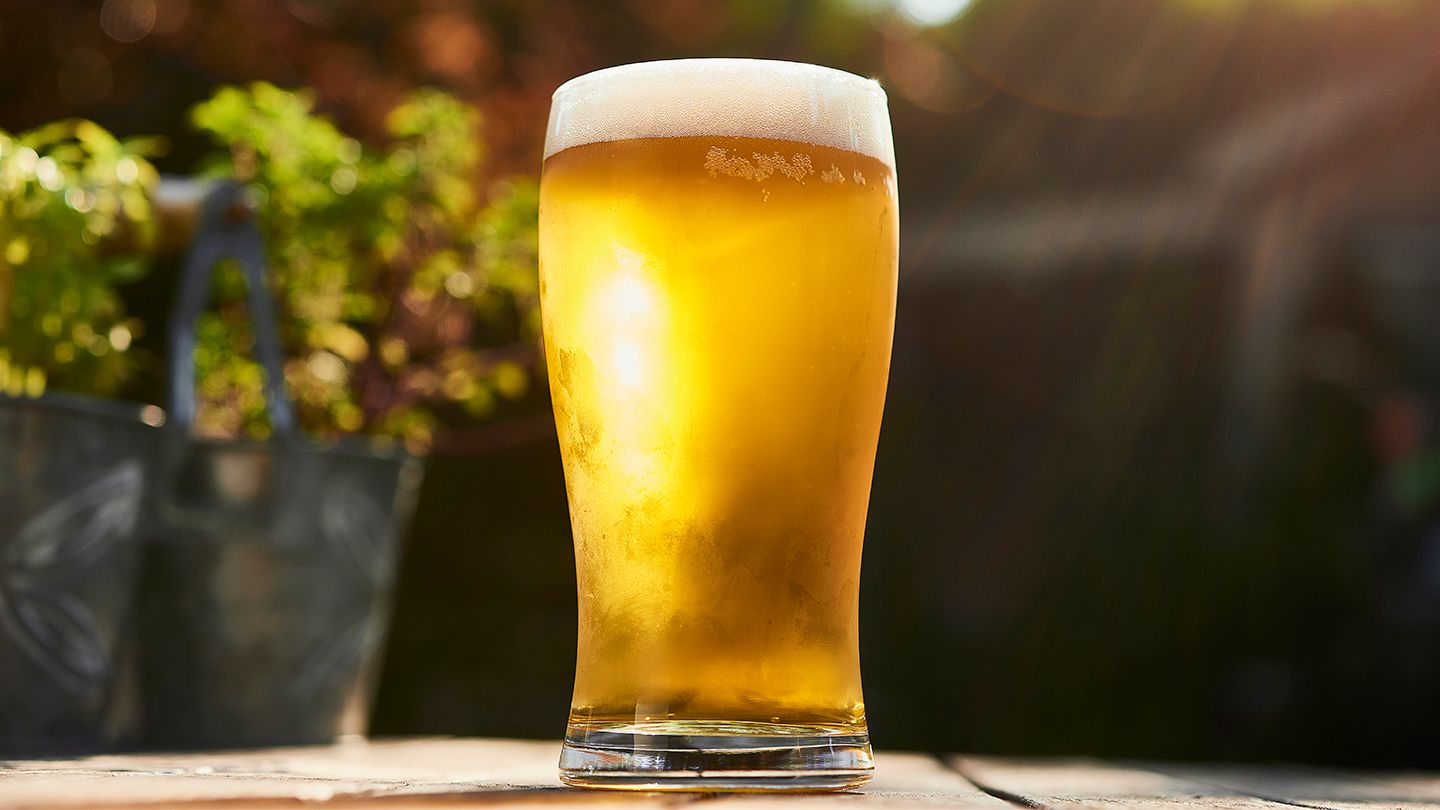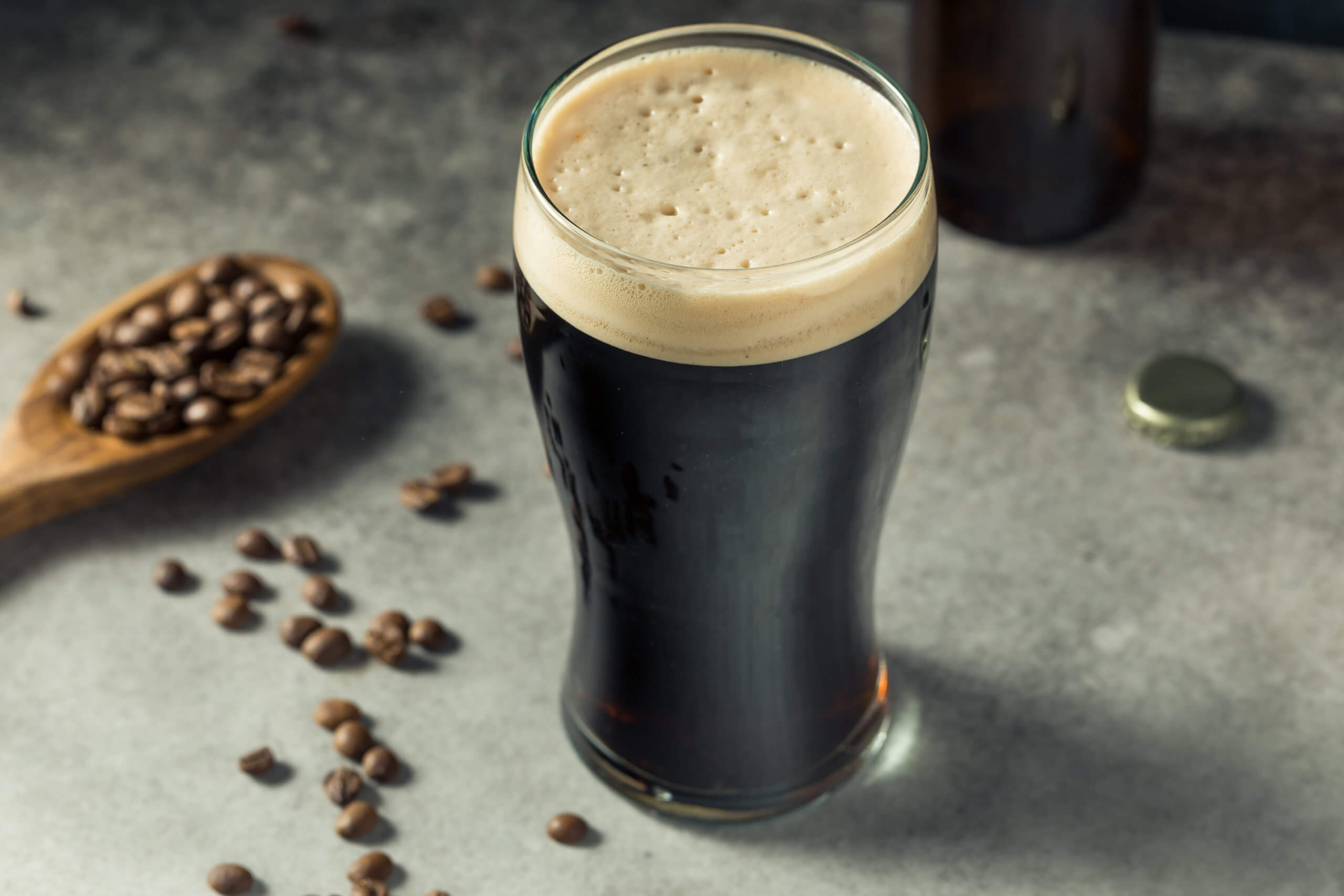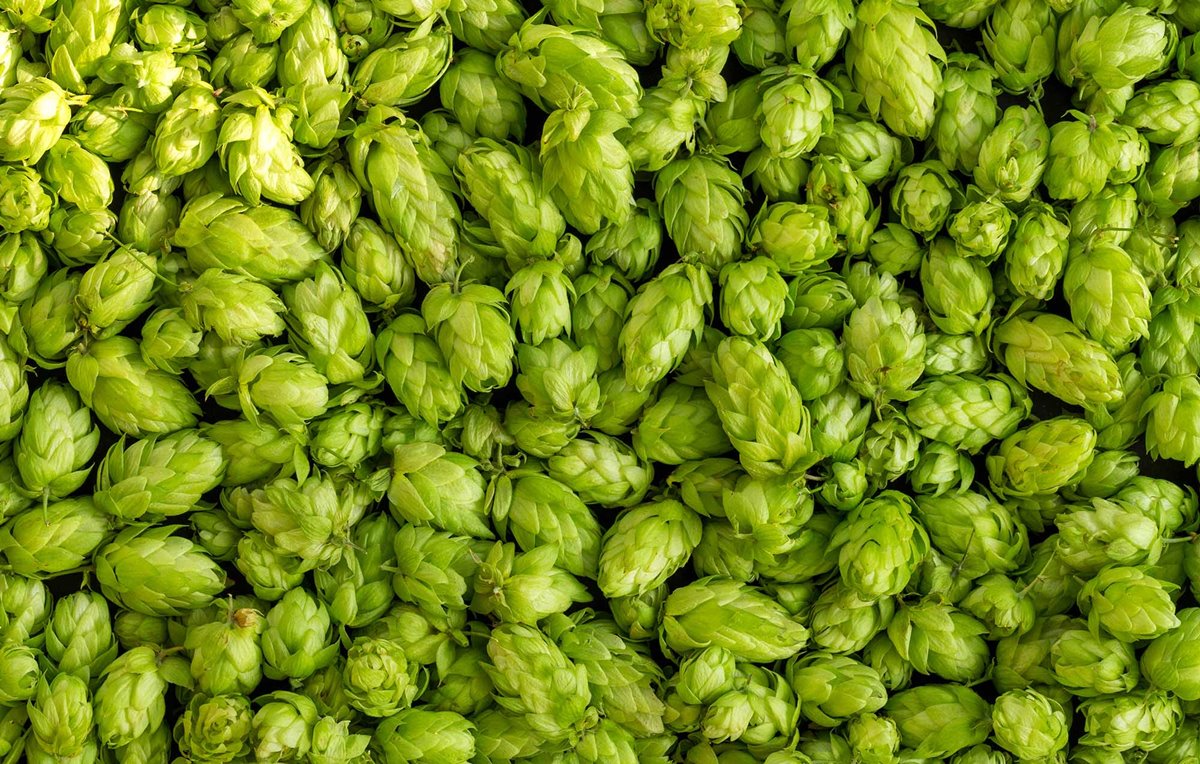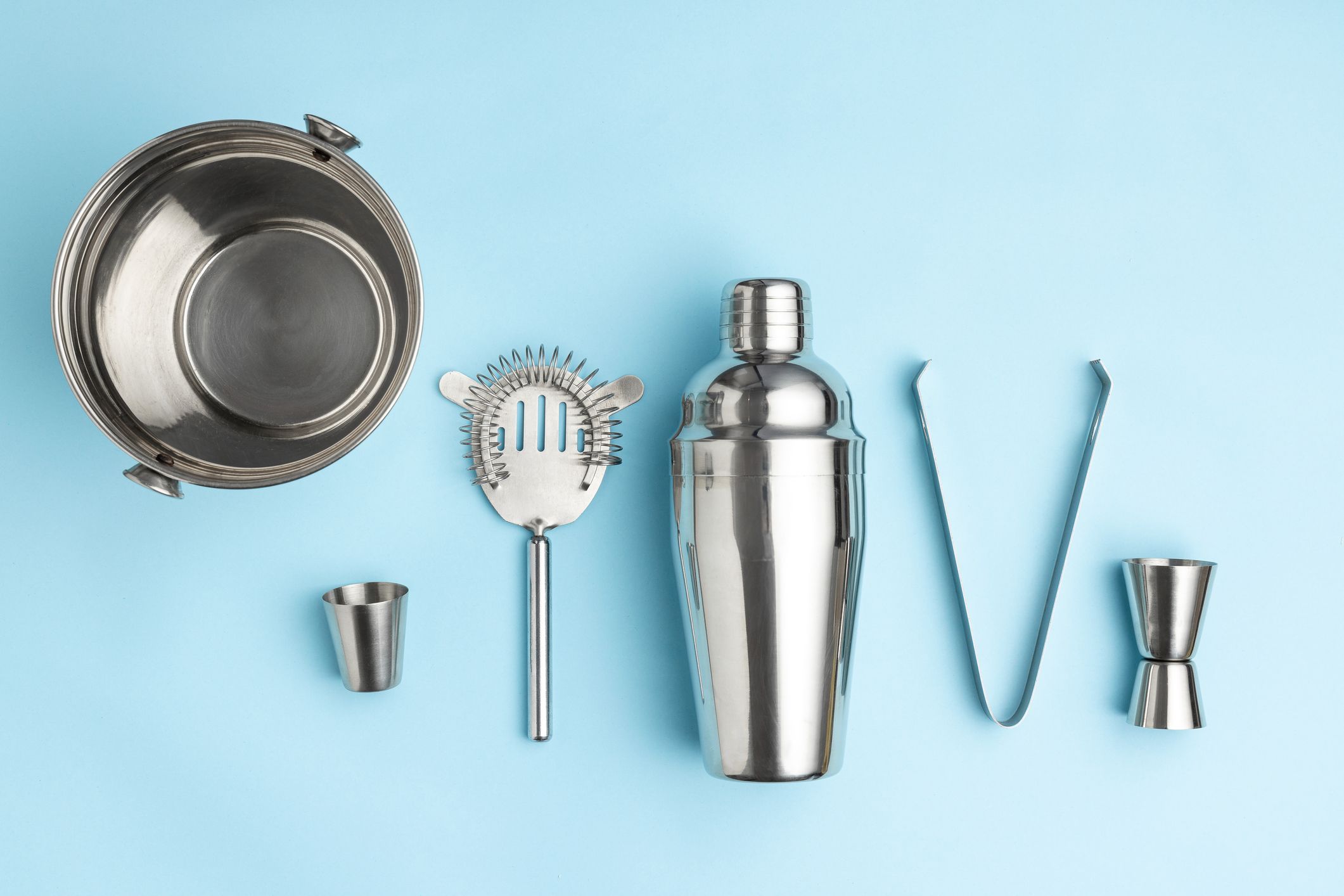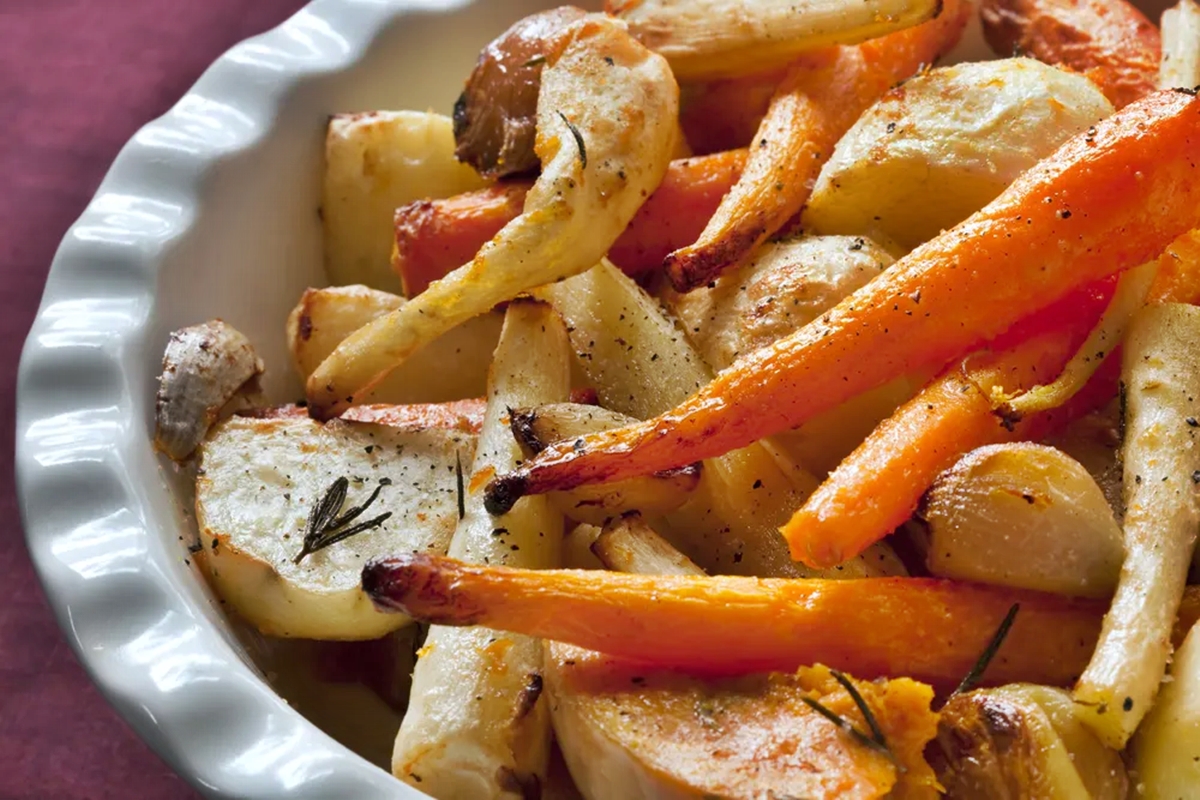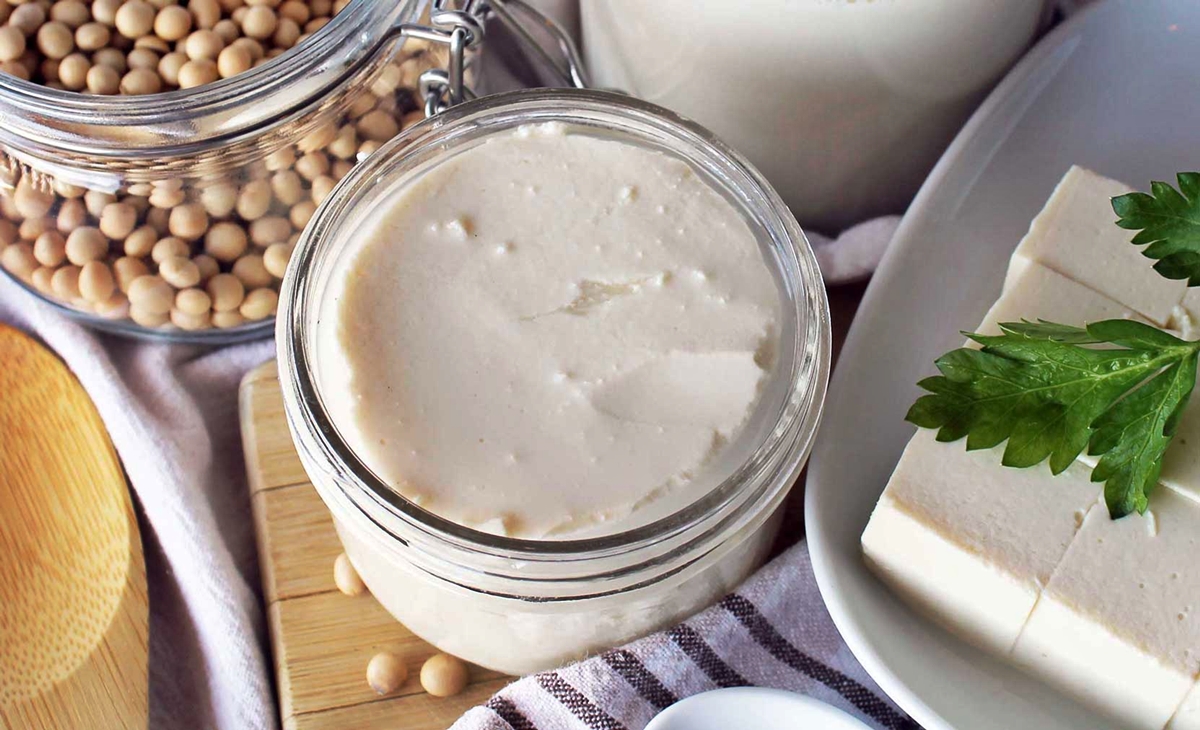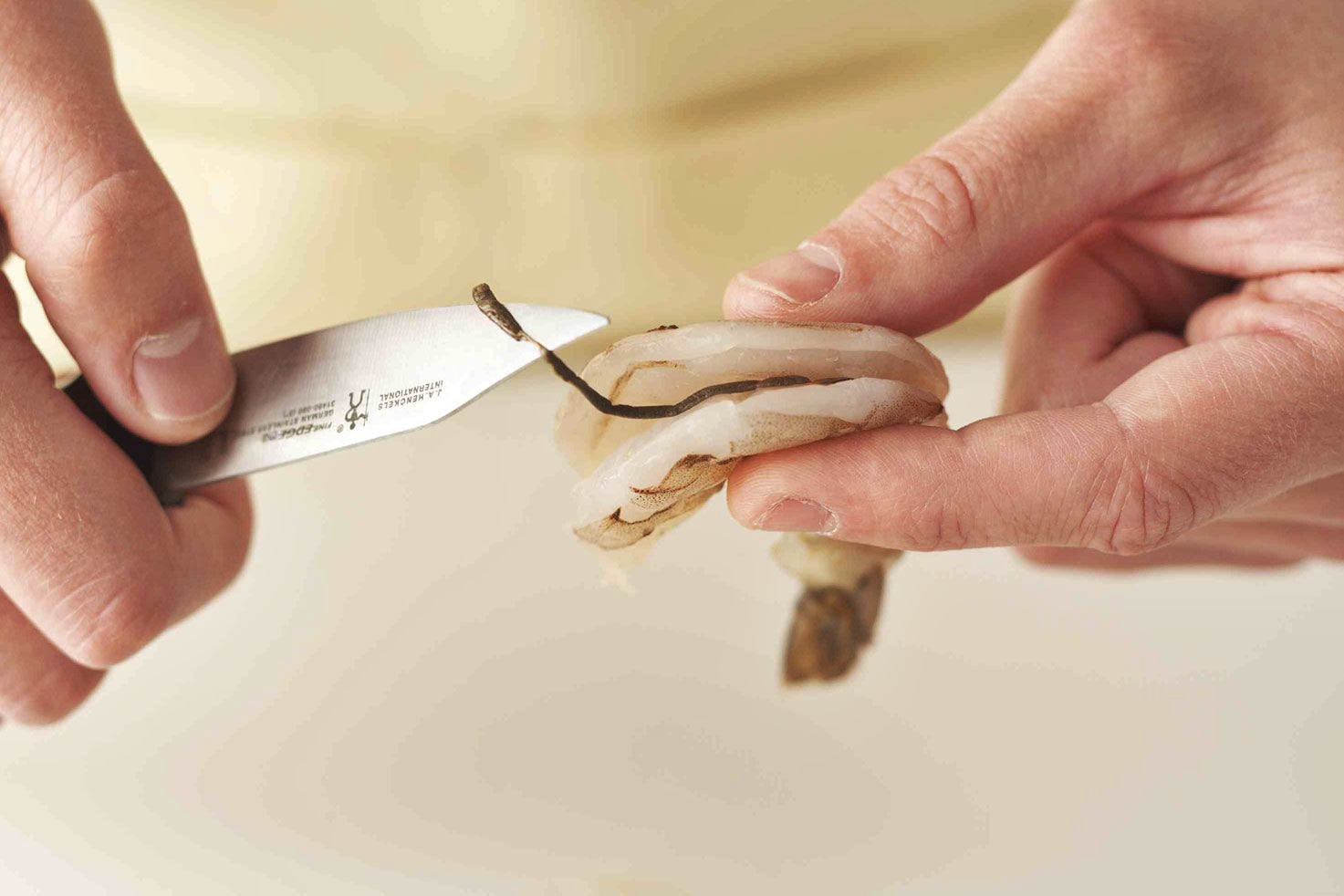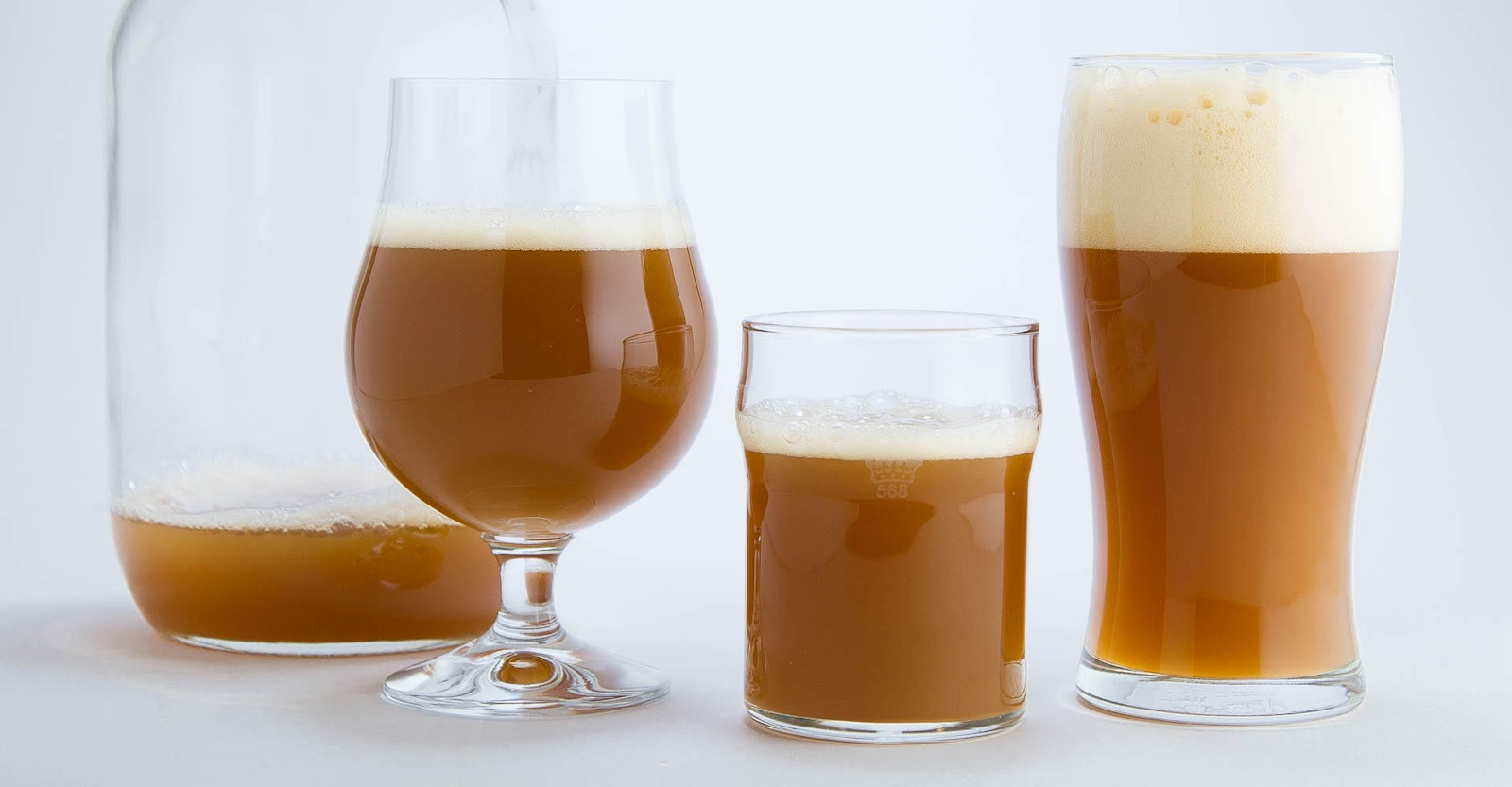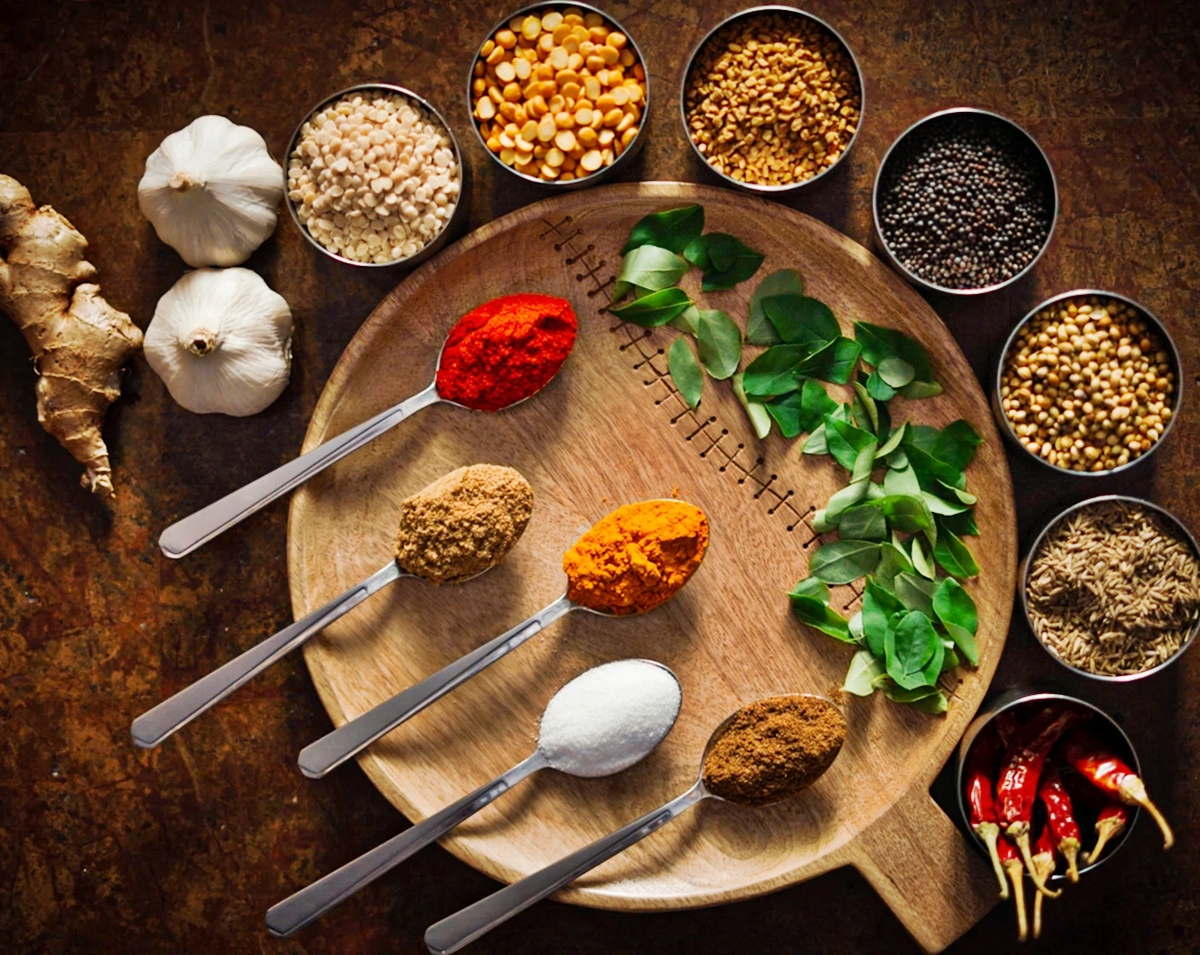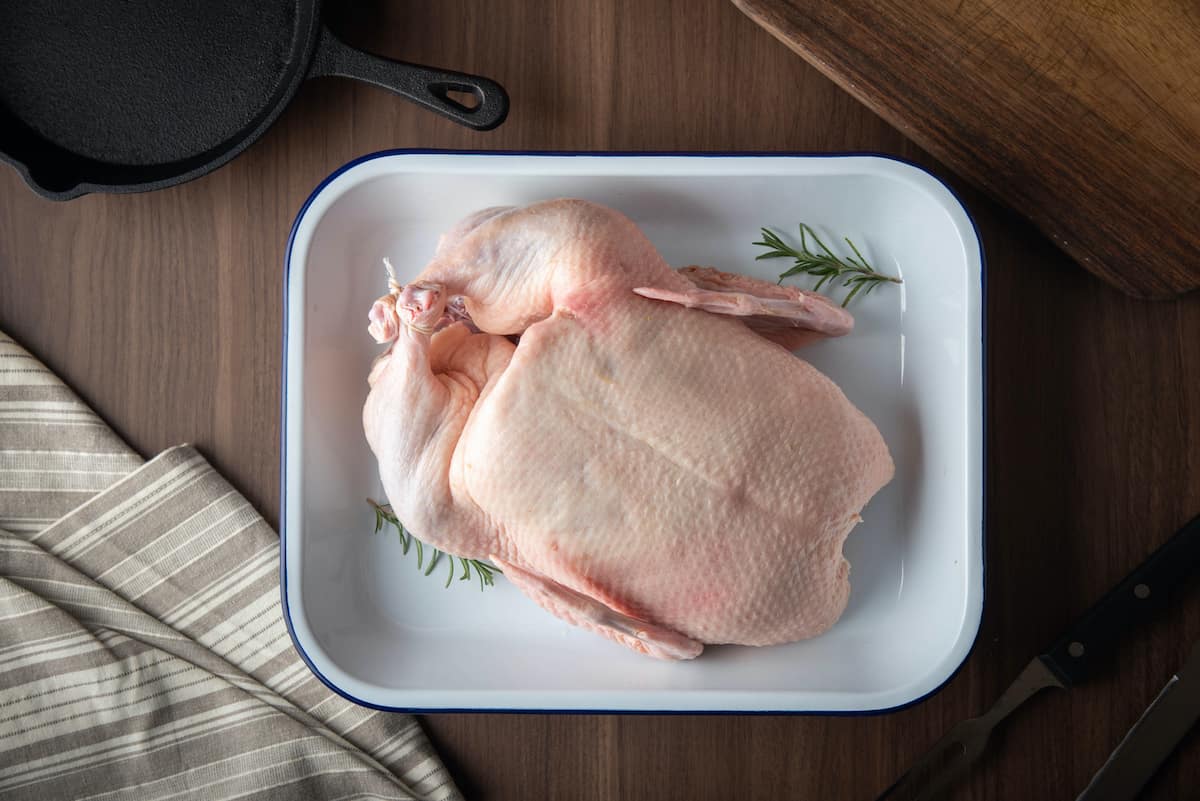How to Identify Hops in Your Beer: The Three C’s
When it comes to beer, hops play a crucial role in adding flavor, aroma, and bitterness. They are like the spice that gives your brew that perfect kick. But how can you identify which hops were used in your favorite beer? Fear not, as we delve deep into the world of hops and uncover the secrets of identifying them through the three C’s: Categorization, Characteristics, and Comparison.
1. Categorization:
There are hundreds of hop varieties available worldwide, each with its own unique set of characteristics. To identify hops in your beer, you need to start by categorizing them based on their origin. Common hop regions include the United States, Germany, the United Kingdom, and the Czech Republic.
Bold and citrusy hops are typical of American varieties, while German hops often exhibit more earthy and herbal notes. British hops tend to have a more floral and spicy profile. By understanding the general characteristics associated with each hop-growing region, you can narrow down the possibilities and make an educated guess.
2. Characteristics:
Once you have narrowed down the possible hop varieties based on their origin, it’s time to look at their characteristics. Hops can be classified into two main types: bittering hops and aromatic hops.
Bittering hops are high in alpha acids, which contribute to the bitterness of the beer. They are added early in the brewing process and are usually boiled for an extended period. Aromatic hops, on the other hand, are added later in the brewing process to enhance the beer’s aroma and flavor.
When trying to identify hops in your beer, pay attention to the flavor and aroma profiles. Some hops may have distinct notes of pine, grapefruit, or tropical fruits, while others may exhibit floral, herbal, or spicy characteristics. By familiarizing yourself with the unique qualities of different hop varieties, you can start to pinpoint the hops used in your beer.
3. Comparison:
If you are still uncertain about the hops used in your beer, you can try the ultimate method: comparison. By sampling different beers known to feature specific hop varieties, you can train your taste buds to recognize the hop profiles.
Grab a selection of beers that highlight different hop varieties and create a tasting experience. Take note of the flavor, aroma, and bitterness in each beer. As you compare and contrast the different hop characteristics, you will develop a better understanding of how they contribute to the overall beer experience.
Additionally, you can seek out resources such as online databases, hop variety guides, or even consult with knowledgeable brewers who can help you identify the hops used in a particular beer.
In conclusion,
identifying hops in your beer comes down to categorization, characteristics, and comparison. By familiarizing yourself with different hop-growing regions, understanding the characteristics of various hop varieties, and honing your taste buds through comparison, you can start to unlock the secrets behind the flavors of your favorite brews.
So, next time you enjoy a pint of beer, take a moment to savor the hop notes and impress your friends with your newfound expertise in identifying hops in your beverage.
For those eager to fine-tune their hop identification skills, a trio of recipes provides an excellent starting point. The Piney Amber Ale with Chinook Hops offers a robust introduction to the piney essence of Chinook hops, perfect for those who appreciate a crisp, forest-like aroma. If a more grounded flavor profile is preferred, the Earthy Brown Ale with Chinook Hops serves up a rich, malty backdrop that beautifully complements the earthy notes of Chinook. For a bit of a kick, the Spicy Rye Beer with Chinook Hops should be on your list; its distinctive spiciness pairs intriguingly with the hop's complex character. Each of these recipes allows the reader to practice their hop identification skills while crafting some truly delicious brews.
